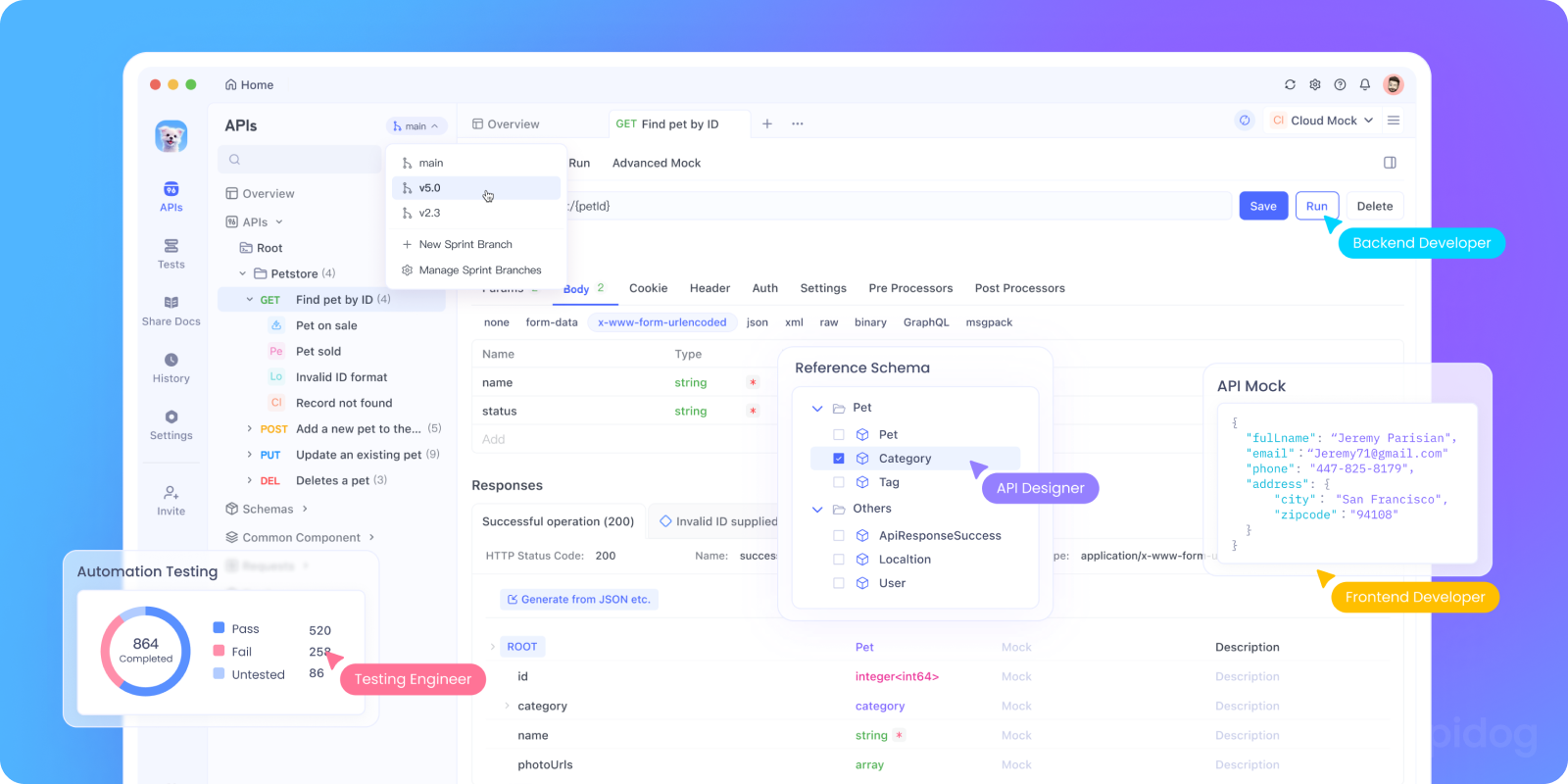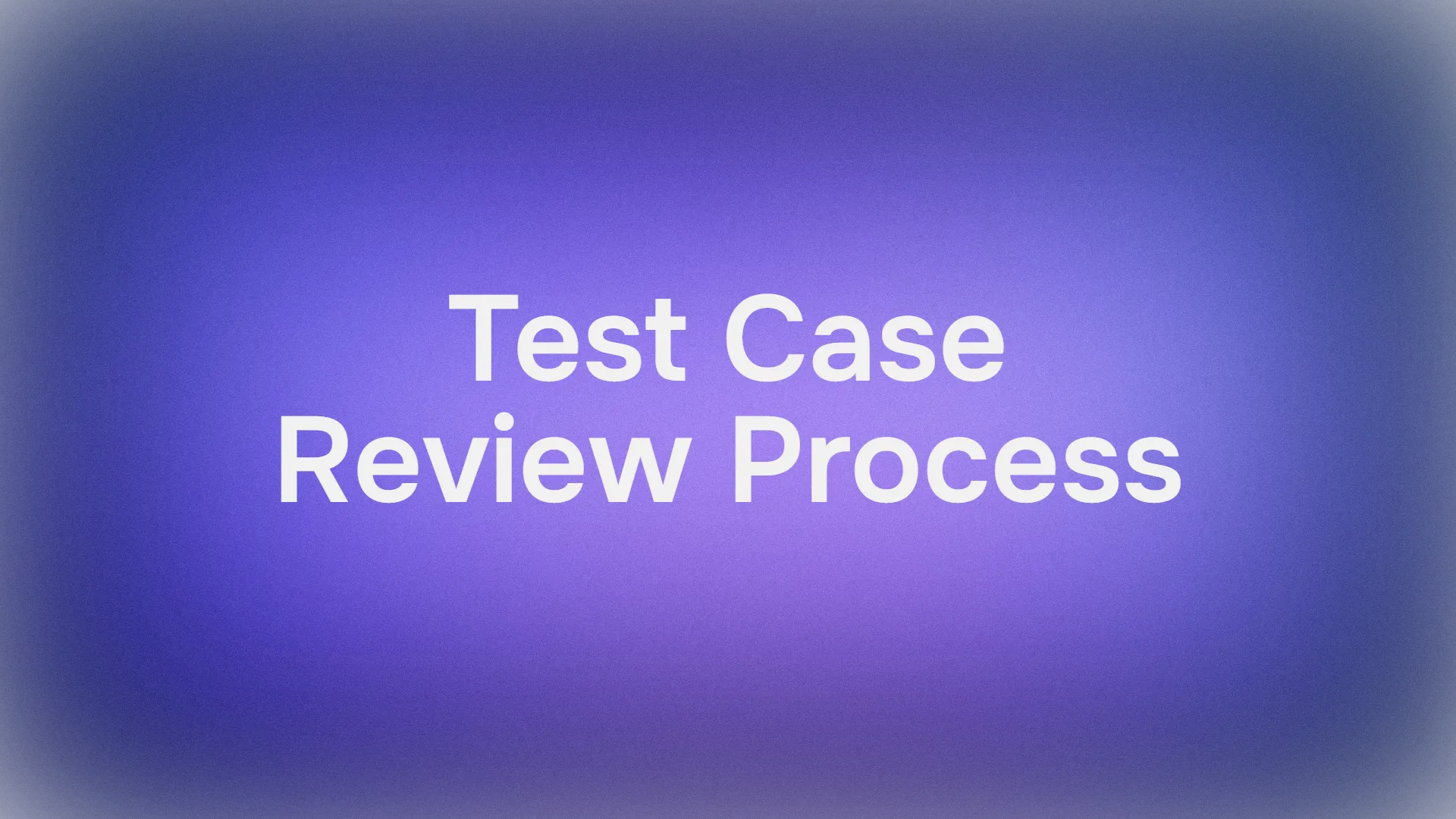You're trying to log into a website that uses one of those "magic link" authentication systems. You enter your email, click submit, and instead of getting a login link, you get a confusing error: 431 Request Header Fields Too Large. You weren't uploading a big file or sending a long message you just entered your email address! What could possibly be too large?
This somewhat obscure HTTP status code is the web's way of saying, "Whoa there, your request is wearing too many hats!" It's not about the body of your request (the actual data you're sending); it's about the metadata, the headers that describe your request that have grown too big for the server to handle.
If you're a developer building web applications or a curious user who's encountered this error, understanding the 431 status code will help you demystify what's happening behind the scenes.
So, what does it actually mean, why does it happen, and how do you fix it without losing your mind (or your headers)?
In this in-depth guide, we'll unpack everything you need to know about HTTP Status Code 431, from its technical meaning to real-world fixes.
Now, let's unpack what HTTP headers are, why they sometimes get too big, and what you can do about it.
The Problem: The Invisible Overhead of HTTP Headers
To understand the 431 error, we first need to appreciate what HTTP headers are and why they matter. Every web request you make is like sending a package. The content of the package (the HTML form data, JSON, or file) is the body. But every package also needs shipping labels and instructions—that's what HTTP headers are.
Headers tell the server crucial information about the request:
- Who you are:
Authorization: Bearer eyJhbGciOi...(your authentication token) - What you can handle:
Accept: application/json(you want JSON back) - Where you came from:
Referer: <https://example.com/previous-page> - What you're sending:
Content-Type: application/json - Your browser details:
User-Agent: Mozilla/5.0...
Most headers are quite small a few dozen or hundred bytes each. But when you start stacking them up, or when individual headers get very large, you can hit server-imposed limits.
What Does HTTP 431 Request Header Fields Too Large Actually Mean?
The 431 Request Header Fields Too Large status code indicates that the server is refusing to process the request because the individual headers, or the entire header section combined, are too large for the server to handle.
This is different from the more common 413 Payload Too Large, which deals with the request body. The 431 is specifically about the headers.
The official RFC 6585 definition states:
The 431 status code indicates that the server is unwilling to process the request because its header fields are too large. The server may close the connection to prevent the client from continuing the request.
A typical 431 response looks like this:
HTTP/1.1 431 Request Header Fields Too LargeContent-Type: text/htmlConnection: close
<html><head><title>431 Request Header Fields Too Large</title></head><body><center><h1>431 Request Header Fields Too Large</h1></center></body></html>
Notice the Connection: close header? That's the server's way of saying, "I'm not just rejecting this request I'm closing this connection entirely because I don't trust what you're sending me."
Breaking Down the Error: What Does “Too Large” Really Mean?
So what’s “too large” in this context?
Every server and proxy has specific limits on header size. These limits vary depending on the platform, web server, or reverse proxy in use.
For example:
| Server/Platform | Default Header Size Limit |
|---|---|
| Nginx | 4 KB per header field |
| Apache | 8 KB total |
| Node.js | ~8 KB by default |
| AWS CloudFront | 20 KB total |
| Chrome Browser | ~8 KB limit |
If your request headers like cookies, authentication tokens, or custom metadata go beyond these limits, you’ll likely get the 431 error.
Why Do Servers Impose Header Size Limits?
You might wonder why servers care about header size. There are several good reasons:
- Security Protection: Oversized headers can be a sign of attack attempts. By limiting header size, servers protect themselves from buffer overflow attacks and denial-of-service (DoS) attacks where attackers send deliberately huge headers to overwhelm the server.
- Memory Conservation: Servers need to allocate memory to parse and store request headers. If a single request can consume unlimited memory with huge headers, a small number of requests could exhaust the server's resources.
- Performance Optimization: Processing extremely large headers takes CPU time and memory bandwidth. By imposing reasonable limits, servers ensure they can handle many concurrent requests efficiently.
- Prevention of Abuse: Without limits, malicious clients could include megabytes of garbage data in headers, wasting server resources and bandwidth.
Common Culprits: What Makes Headers Too Large?
So what actually causes headers to balloon to problematic sizes? Here are the most common scenarios:
1. Monster Cookies
This is the #1 cause of 431 errors. Cookies are sent in the Cookie header, and if you have many cookies or very large cookies, this single header can exceed server limits.
Problem scenario: You visit a site that sets multiple tracking cookies, each storing significant data. Over time, as you use the site, more cookies get added. Eventually, every request you make to that site includes a Cookie header that's 20KB long, and the server has an 8KB header limit.
2. Massive Authorization Tokens
JSON Web Tokens (JWTs) used for authentication can become quite large, especially if they contain lots of user data or permissions.
Authorization: Bearer eyJhbGciOiJIUzI1NiIsInR5cCI6IkpXVCJ9.eyJzdWIiOiIxMjM0NTY3ODkwIiwibmFtZSI6IkpvaG4gRG9lIiwiaWF0IjoxNTE2MjM5MDIyLCJwZXJtaXNzaW9ucyI6WyJyZWFkIiwi... [very long token continues]
3. Excessive Custom Headers
Some applications add custom headers for tracking, feature flags, or application state. If these aren't managed carefully, they can accumulate and bloat the header size.
4. URL-Length Workarounds
When developers hit URL length limits (usually around 2,000 characters), they sometimes try to work around this by moving data into headers instead, which can lead to 431 errors.
Understanding the "Request Header" Part
Let’s take a moment to understand what the request header actually is.
Every HTTP request contains two main parts:
- Headers: Metadata about the request (like cookies, authentication, and content type).
- Body: The actual data being sent (for POST, PUT, etc.).
A typical request header might look like this:
GET /api/users HTTP/1.1
Host: api.example.com
Authorization: Bearer <token>
Accept: application/json
User-Agent: Apidog/1.0If these headers especially cookies or custom ones grow too large, the 431 error appears before the body is even read.
How Big is "Too Large"?
There's no universal standard for header size limits it varies by server software and configuration:
- Nginx: Default is 4KB-8KB per header and 16KB-64KB for all headers combined (configurable with
large_client_header_buffers) - Apache: Default is 8KB per header (configurable with
LimitRequestFieldSize) - Node.js (Express): Depends on the underlying server, but often around 16KB
- CDNs & Cloud Services: Varies by provider, typically 8KB-32KB
These limits are usually more than sufficient for normal web browsing but can be exceeded in the scenarios we discussed.
Testing and Debugging APIs with Apidog

Since header size limits vary by environment, testing your application's header usage is crucial. Apidog is perfect for this kind of investigative work.
With Apidog, you can:
- Inspect Current Headers: Send a normal request to your API and use Apidog to see exactly what headers are being sent and their sizes.
- Simulate Large Headers: Intentionally create very large headers to test your server's limits. For example, create a massive JWT token or add multiple large custom headers to see when your server starts returning 431 errors.
- Identify the Culprit: If you're getting 431 errors in production, use Apidog to replicate the exact header set that's causing the problem and identify which specific header(s) are too large.
- Test Different Environments: Check if your development, staging, and production servers have the same header size limits by testing against each environment in Apidog.
- Monitor Header Bloat: Create automated tests in Apidog that regularly check your header sizes to catch gradual "header bloat" before it becomes a problem.
This proactive testing can save you from mysterious production errors that are hard to reproduce and debug. When dealing with complex issues like 431 Request Header Fields Too Large, Apidog gives you full visibility, making debugging fast, visual, and efficient.
When You Should Worry About 431 (and When You Shouldn’t)
A 431 error isn't always catastrophic.
If it happens occasionally, say, due to a rogue cookie or a bad proxy, it's just an opportunity to clean up your headers.
But if it happens frequently:
- Review your frontend cookie logic.
- Audit your API header usage.
- Use Apidog to simulate edge cases and identify patterns.
Think of 431 as a helpful warning, not a failure.
Solutions and Best Practices
For End Users Encountering 431 Errors:
- Clear Your Cookies: This is the most effective fix. Remove cookies for the site that's giving the error.
- Try a Different Browser: Your other browser might have fewer or smaller cookies for the same site.
- Use Private/Incognito Mode: This starts with a clean slate without any existing cookies.
For Developers Building Applications:
1. Be Judicious with Cookies:
- Don't store large amounts of data in cookies
- Regularly clean up old or unnecessary cookies
- Consider using browser storage (localStorage/sessionStorage) for client-side data that doesn't need to be sent with every request
2.Optimize Authentication Tokens:
- Keep JWTs lean only include essential claims
- Consider using reference tokens (opaque tokens) that are stored server-side
- Implement token compression if absolutely necessary
3. Monitor Header Sizes:
- Log warning when headers approach your server's limits
- Implement client-side checks for known problematic headers
4. Configure Your Server Appropriately:
- Understand your server's default limits
- Increase limits only if you have a legitimate need and understand the security implications
- Consider using a CDN or reverse proxy that can handle larger headers if needed
431 vs. Other Size-Related Errors
It's helpful to distinguish 431 from other size-related HTTP errors:
431 Request Header Fields Too Large: Headers are too big413 Payload Too Large: The request body (the actual data) is too big414 URI Too Long: The URL itself is too long429 Too Many Requests: You're sending requests too frequently (rate limiting)
Each of these protects a different part of the server from being overwhelmed.
Conclusion: The Delicate Balance of HTTP Headers
The HTTP 431 Request Header Fields Too Large status code represents an important balancing act in web architecture. On one hand, headers are essential for the rich functionality we expect from modern web applications authentication, personalization, content negotiation, and more. On the other hand, unlimited headers would open the door to security vulnerabilities and performance degradation.
Understanding what causes 431 errors typically cookie bloat or oversized authentication tokens empowers you to both solve them as a user and prevent them as a developer. By being mindful of what you put in headers and regularly auditing your header usage, you can ensure your applications remain within healthy size limits.
The next time you encounter a 431 error, you'll know it's not about the content you're trying to send, but about the invisible metadata that accompanies every web request. And when you're building applications that need to manage headers carefully, a tool like Apidog provides the visibility and testing capabilities you need to keep your headers clean and your applications running smoothly.



